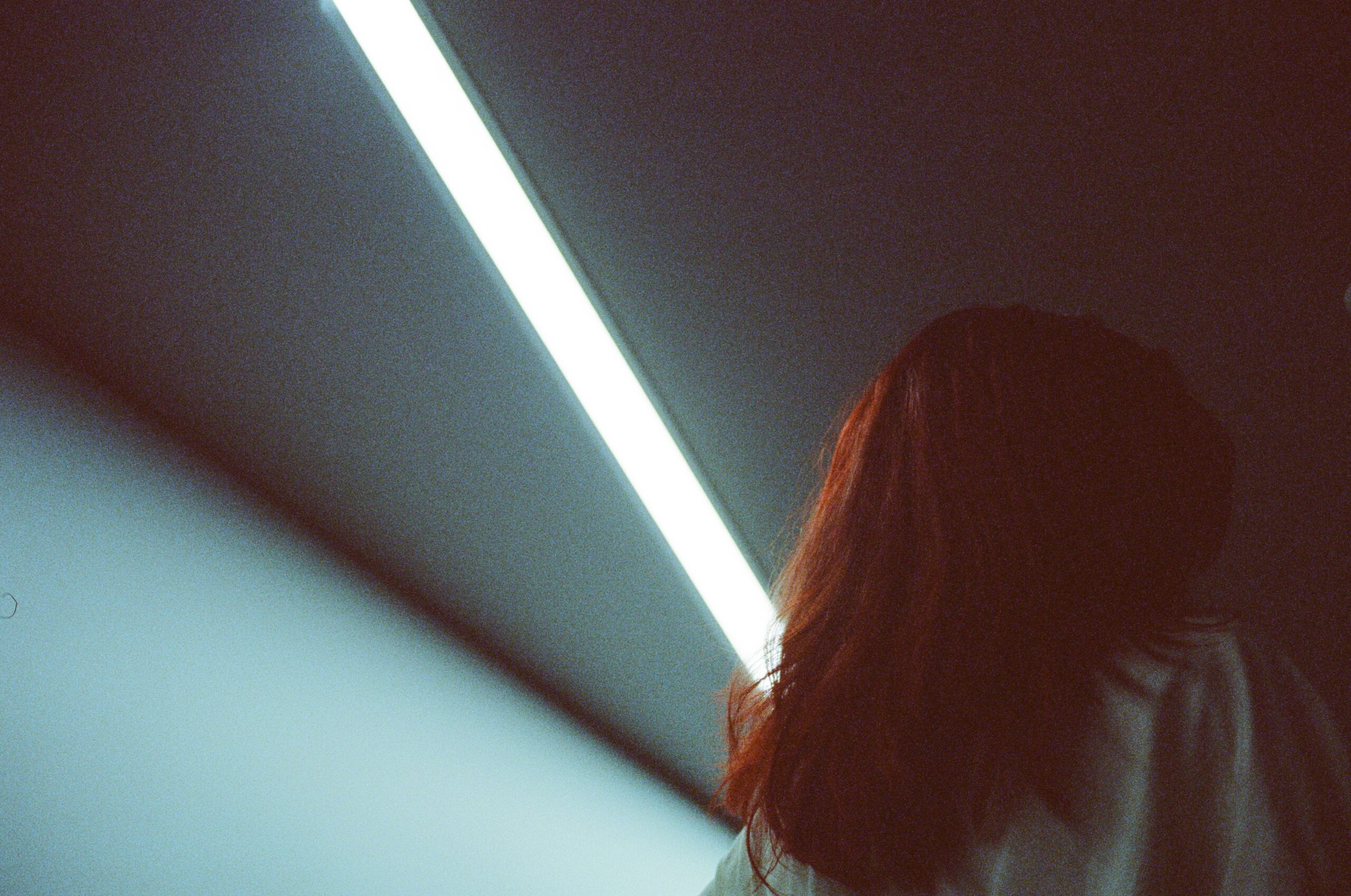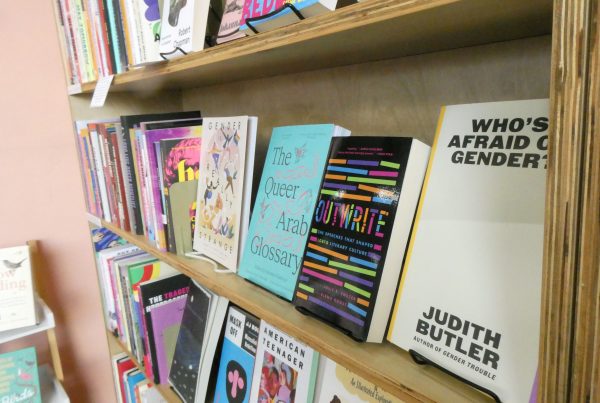Together, we as a generation managed to represent change and equality. Many other generations look at us and ponder the question of how we could allow such vulnerability to be expressed in both our words and actions.
An essential part of our representation falls into the fashion we wear and what it means. However, perhaps it is time to question if the aesthetic we use to identify ourselves as is truly an aesthetic or just a trend.
Many people in our generation enjoy dressing in ways that can look reminiscent of the Y2K style, a style created in early 2000s media that inspired many millennial outfit choices. Some like to dress in similar fashions of the 1980s and 90s. Some others like to dress goth-like with a mysterious dark tone and others in bright colors.
These different styles and looks all contribute to who we fall into as a person. The question to ask, though, is how did we find ourselves learning, attaching and contributing to these styles?
Media always has an impact on what people think. Due to media growth and artificial knowledge, we often forget or don’t even see the manipulative messages being portrayed. Is it possible that your aesthetic is simply another trend for your age group?
An example I’ve noticed is that recently it has been impossible for me to simply be in one public room without sharing it with someone who has red hair. Coming from someone who has the “trendy” chocolate cherry hair from a Vogue article, this red hair trend is incredibly easy to join. Surprisingly enough, if you dive into what it may mean, it could uncover a lot of the bearers’ unintentional intentions. Fall is known as the season of red, orange and yellow.
A transitional period between the summer and winter, filled with red Christmas hats. Red or black is also a color of revenge and funny enough, October also represents the start of the “cuff Season” (the time to enter a new relationship), which means lots of people are currently leaving their current relationships.
Looking at how a societal tone can contribute to the effectiveness of a trend and aesthetic, it becomes a lot easier to notice how many people who fall into certain categories do not necessarily believe or support that group in other forms of expression outside fashion. Many people who dress goth-like do not heavily listen to death metal as would be expected.
This makes me question the authenticity of the styles people are wearing. It seems people like to dress in a certain way that follows a trend of expression rather than dressing in the way that expresses themselves.
We should begin to question why certain styles enforce certain body types and how some people cannot feel comfortable dressing in the way that best expresses themselves. I feel the world would look very different if everyone dressed how they wanted without the societal pressure that currently pulls us down.
For one example, someone who has a perfect and society-approved body type may enjoy dressing in rich, eye-catching and unique fashion statements while someone who society deems to not be perfect may include lots of oversized hoodies and shirts in their style.
Nonetheless, breaking this societal boundary is something many people are able to do. Unfortunately, it is extremely hard for those who can’t do it. Social media has led to the glamorization of what is seen as the most acceptable form of a person. Stepping away from this view may allow you to look outside the box, but it will require months of therapy to reverse the psychological damage of the social media fashion agenda.
It gets to the point where many people who enjoy their aesthetic actually only enjoy it because it’s the one society sees them best fit within and don’t realize it. I feel this is often why our adults do not fall or take part of the aesthetic they once did in high school or college.
Unfortunately, many people also started to permanently shape or change their bodies to fit this societal aesthetic perfectly without even thinking that they may not enjoy it forever. Like trends, most of them will likely fade out over time or shift and adapt to another form.
Before making a change to your body that could be permanent, think deeply about what it means to you and if you would regret it 30 years down the road. If you begin to feel unsure, maybe making that permanent change isn’t worth it in the long run.
While some innocent aesthetic trends and looks are extremely temporary and will be one you can look back on in a photo and laugh at ten years from now, the impact of thought process behind thinking your aesthetic is all you visually represent will be more damaging than good.
Opinions expressed in The Nevada Sagebrush are solely those of the author and do not necessarily express the views of The Sagebrush or its staff. Gabriel Kanae is a student at the University of Nevada studying journalism. They can be reached at edrewes@sagebrush.unr.edu and on Twitter @NevadaSagebrush.








